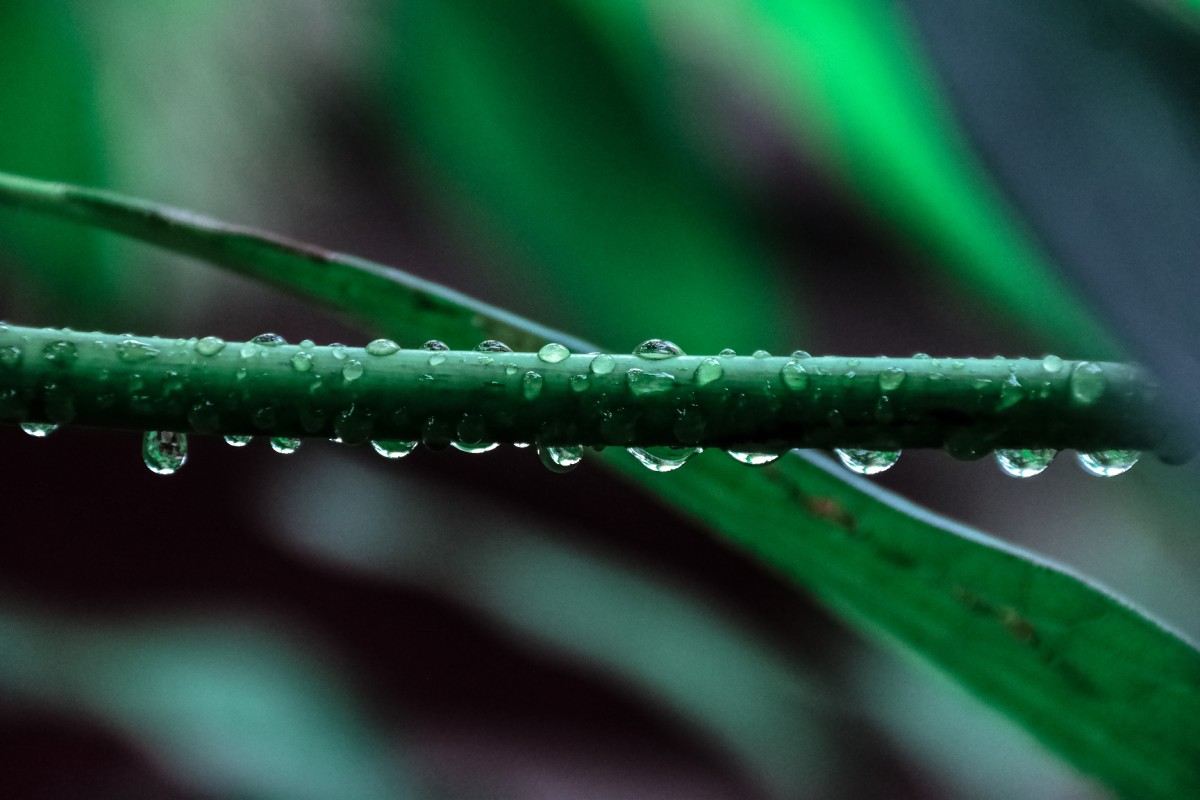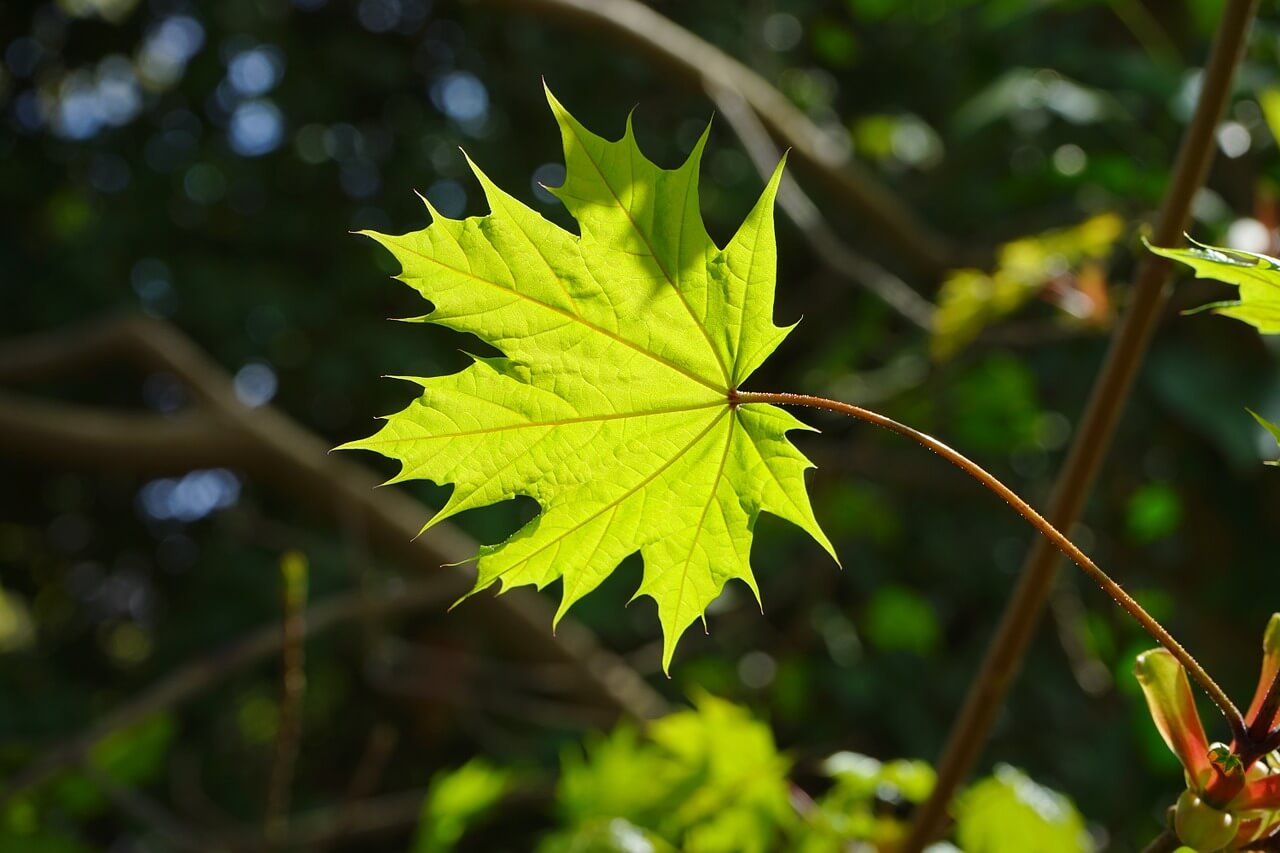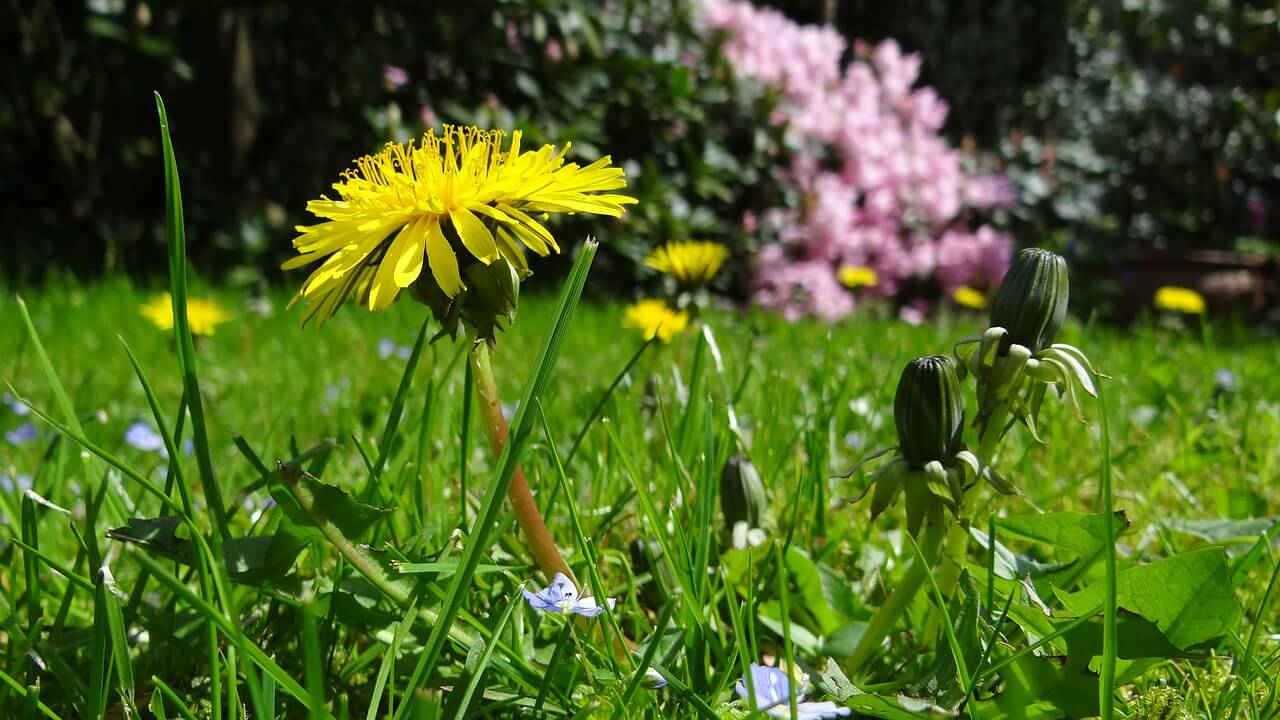You are probably well aware of the benefits of a Spring startup and a Fall blowout of your Denver sprinkler system. But there is an important service that a lot of folks don’t know about. This service is the mid-Summer checkup of your sprinklers to make sure your system is in harmony with the weather and conditions present in the middle of the hottest, driest part of the year. At American Arbor Care, we provide Denver lawn care services of aeration, fertilization, overseeding, and top-dressing to keep your lawn looking its best. Here are a few good reasons to do a mid-season irrigation system check:
- It’s important to schedule mid-season maintenance to keep your system in tip-top condition. Correcting any problems with watering not only helps regulate your water bill, it also ensures that your lawn and landscape are getting what they need to stay healthy and beautiful, which is why you have an irrigation sprinkler system. Every day during the summer, your irrigation system is making sure that your lawn, garden, and landscape are getting just the right amount of water to just the right places. With a little bit of preventative work, you’re ensuring cool, green, beautiful grounds and avoiding many potential pricey dangers that could stem from neglect.
- Properly operating and maintaining a home irrigation system is important throughout the entire watering season. The mid-summer checkup makes sure your sprinkler system is getting attention when it’s working the hardest, and when your lawn needs your sprinkler system the most. Your irrigation timer needs to be reprogrammed for the hot, long, dry days of summer, because in these conditions, your sprinkler system needs to be operating at peak performance. It’s the perfect time to scrutinize your spray coverage now that all your shrubs, trees, and flowers are in full growth to make sure they are getting the correct amounts of water to ensure their longevity and beauty. Necessary adjustments to heads and zones for watering times protect your landscape investment and ensure your lawn and landscaping will be beautiful through the hottest days of summer.
A basic checkup will include an examination of the condition of the irrigation heads, a check for damaged or missing spray heads and leaking lines, heads that spray a hard surface or that leave part of the landscape without water, and clogged nozzles. By maintaining the functionality of your sprinkler system in the Spring, Fall and Summer, you avoid the common irritating problems that Mother Nature and time inevitably cause on your irrigation system.
Watch a video for additional lawn tips!
American Arbor Care offers professional tree, shrub, lawn, and landscape maintenance services across Colorado. Our services include tree and shrub pruning (and removal), insect and disease management, tree planting, fertilization, weed control, stump grinding, mulching, consultation, landscaping, free estimates and more. Call us today at 303-639-8584 to get other mid-summer maintenance scheduled and find out more about our services.




